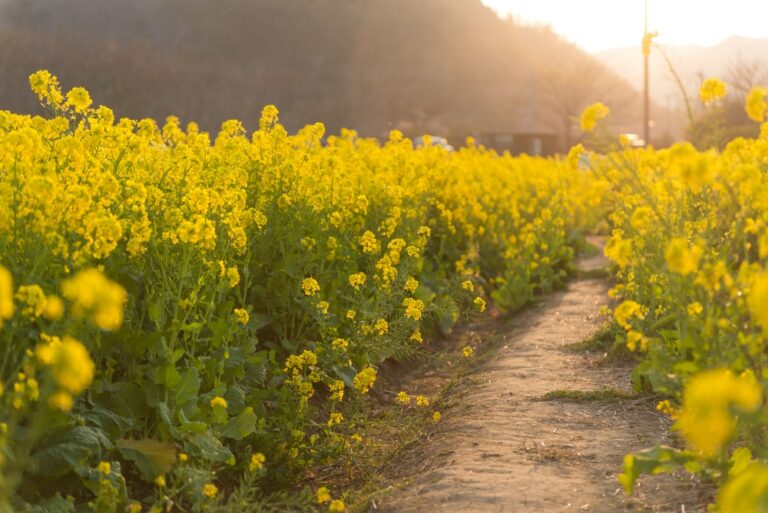The mustard plant (Brassica spp.) is a fascinating vegetable that has been a part of our culinary world for centuries. The most common species are brown mustard (Brassica juncea), white mustard (Brassica alba), and black mustard (Brassica nigra).
These plants can grow up to three feet tall and feature beautiful yellow flowers that are actually edible. While mustard is generally easy to grow, it does require some attention to timing. It’s a cool-weather crop, so it’s best to start planting the seeds in early spring or late summer. In warmer regions, you can even start it in the fall for a winter harvest.
Care
Caring for the mustard plant is relatively simple, but it requires a bit of attention to ensure its healthy growth. One crucial aspect to consider is weed control, as mustard plants, especially when young, struggle to compete with weeds.
- Soil: Mustard plants can adapt to different soil types, but they thrive best in fertile, moist, well-draining soil with a slightly acidic pH below 6.0
- Light: Full sun is the preferred growing condition for mustard. However, if you’re cultivating mustard for tender baby greens, it can tolerate partial shade.
- Water: requires regular but moderate moisture. If there is not enough rainfall in your area, provide at least 1 inch of water
- Temperature: These plants grow best in temperatures between 60 and 75 Fahrenheit. Keep in mind, that they do not tolerate temps below 39 Fahrenheit.
Propagation
There are several good ways of growing mustard, so let’s take a quick look at them.
One way is to simply plant mustard seeds directly into the ground, which is easy and budget-friendly.
Another popular approach is starting the mustard plants indoors by sowing seeds in containers and then transferring them to the garden later. This method offers better control over germination and initial growth.
Regardless of the method you go with, ensuring the mustard plants have rich soil, regular watering, and plenty of sunlight will set the stage for a fruitful harvest.
Common Pests
Frequently Asked Questions
The Romans, credited with introducing mustard as a condiment, derived its name and usage from their practice of blending the piquant powder from ground-up seeds with must, the freshly pressed grape juice.
Is mustard native to Europe?
Although mustard’s historic base and native origins lie in temperate regions of Europe, the disruption of mustard supplies during World War II led to the emergence of North America as a specialty crop producer.
Can you grow mustard?
Yes, you can! You can plant your mustard seeds at home or in your garden. Make sure that it has rich soil, regular watering, and plenty of sunlight.
How long does mustard grow?
Mustard plants have a relatively short growth cycle of approximately 6 to 8 weeks, from germination to harvest, depending on the variety and growing conditions.

